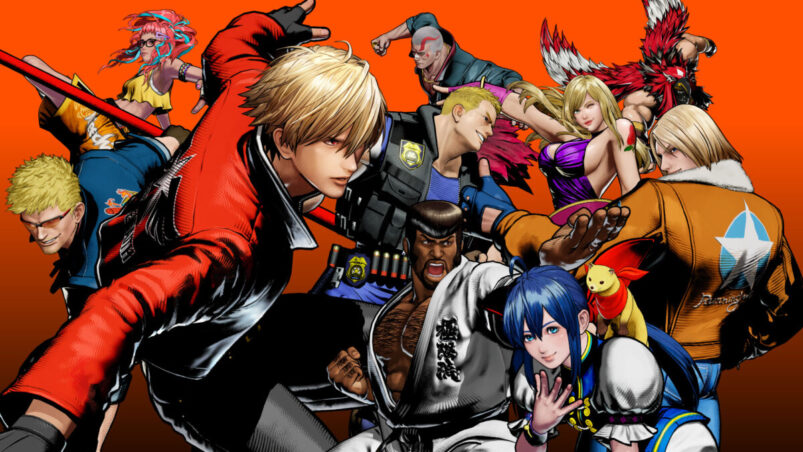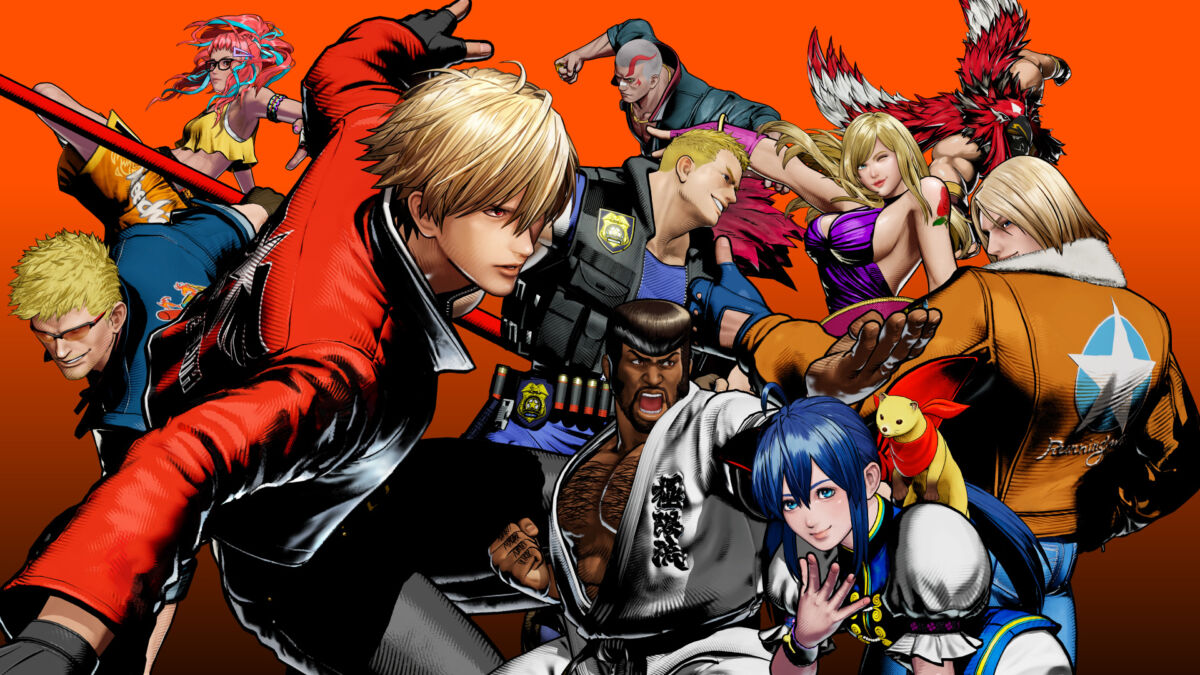For those who may need a bit of a history lesson, the Fatal Fury series and Shin Megami Tensei share some similarities. Bear with me on this. Like Atlus’ SMT series, SNK developed Fatal Fury as one of their first fighting games, alongside Art of Fighting, which is set in the same world. Much like Atlus’ Persona though, SNK would create a new fighting game series in King Of Fighters that exploded in popularity, leaving Fatal Fury out in the cold for over 25 years.
Now though, with SNK experiencing plenty of success (and some controversial investment too), it’s time to revisit one of the series that started it all. Fortunately for longtime SNK fans, Fatal Fury: City Of The Wolves is a welcome return to the chaos that is Southtown. Quite why that return to Southtown includes acclaimed footballer Cristiano Ronaldo, or DJ Salvatore Ganacci, is still a mystery to us, but what’s a fighting game without a couple of strange guest characters?
Dropping in again with Rock Howard, Terry Bogard and the rest of the Southtown scrappers, Fatal Fury: City Of The Wolves sees the gang once again vying for control, personal glory and the promise of great riches as another tournament has been announced in the city. If there’s one thing SNK fighting games love, it’s tournaments, and with 17 characters to choose from, you’re bound to find your own winner. Most of them are the wrong answer though, Marco is the king.
Tizoc is an acceptable second choice.
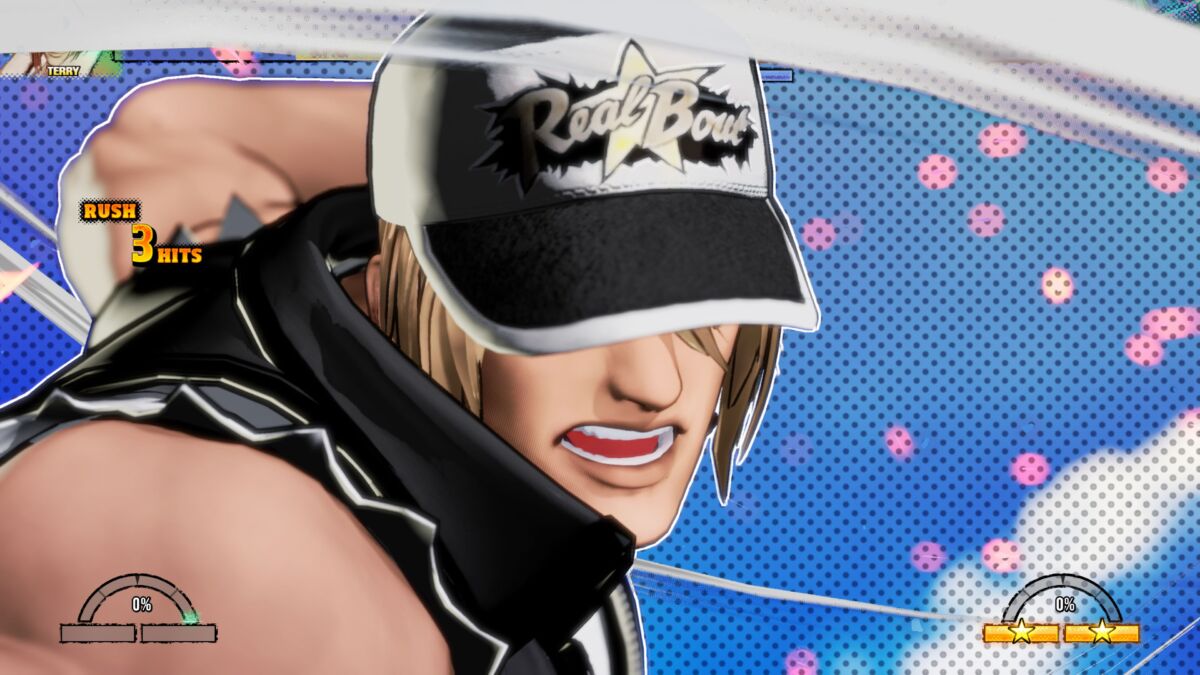
Those who’ve played Fatal Fury before, specifically Garou: Mark of the Wolves, will find a lot of familiar territory here, particularly with regards to most of the roster and the moves they use. Special moves have been upgraded, with Ignition Gears and Redline Gears offering different strength special moves at the cost of more meter. There’s also the Rev system, which is similar to Street Fighter 6’s Drive system, offering enhanced attacks, defensive moves and the ability to chain special attacks for combos.
The T.O.P. system from Garou makes a comeback here, though it’s referred to now as Selective Potential Gear, or S.P.G. The S.P.G. is connected to your lifebar, and you can pick which third of the bar it’s tied to, and when it’s active, you unlock your most powerful attacks, like unique Rev Blows or Hidden Gears, everyone’s strongest move. The S.P.G. works because it gives players control over how powerful they want to be during different sections of the fight. Do you go big during the opening moments, hoping to end the fight early, or do you save it as a comeback mechanic?
While that’s a lot of the basic stuff, it wouldn’t be SNK without plenty of more advanced techniques for players to separate the fighters from the flailers, with Just Defense and Hyper Defense rewarding players for precise defense. Meanwhile, moves like Feint can be used to throw opponents off the scent, while Braking allows players to interrupt their own multi-hit special moves to create more intricate and damaging combos.
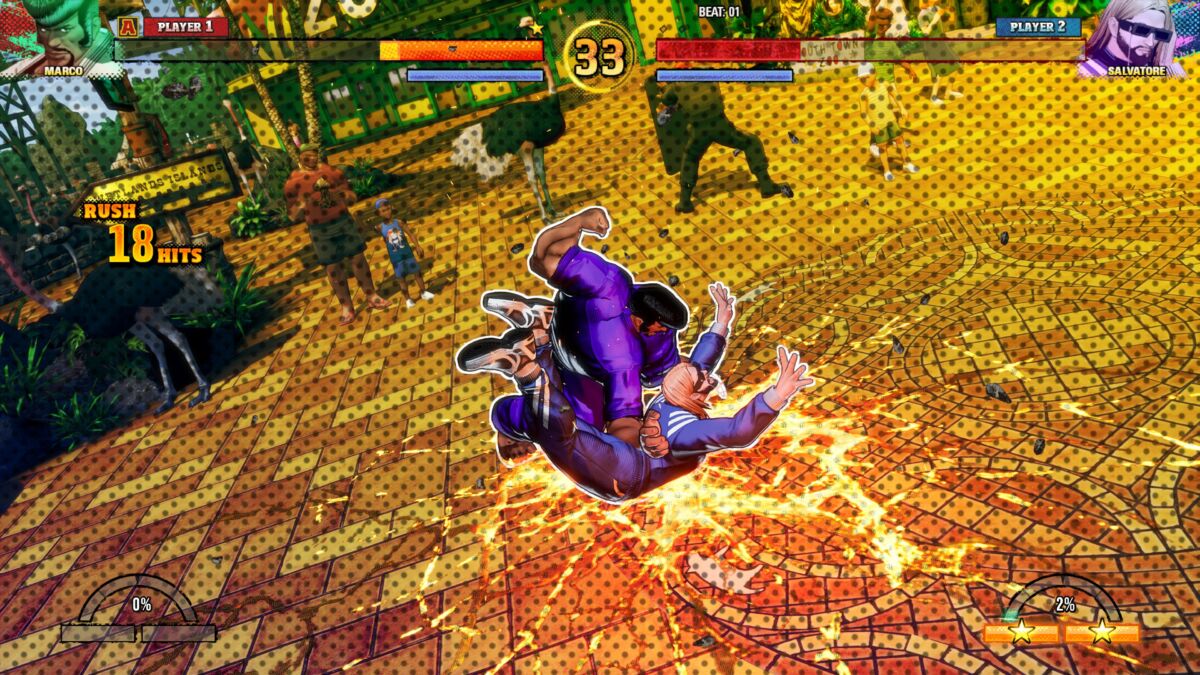
There’s plenty there for advanced players to sink their teeth into, but if you’re a newcomer who happens to be drawn to the cool character designs, awesome graphics or, let’s be honest, the novelty of playing as the “SIU” guy, there’s a Smart Style control system that simplifies everything. Along with that, there’s informative tutorials, challenge missions for each character to learn specific combos, using both Arcade and Smart Style controls, and the fighting game standard training lab where advanced players can learn the nitty gritty of the game.
As for actual modes, there’s the usual selection of Arcade, Time Trial and Survival modes, but the main mode is Episodes Of South Town. Essentially an extended story mode for each character, players pick their fighter and “explore” South Town, completing fights and levelling up in order to advance the story. The writing is fun, and there’s plenty of enjoyment seeing characters being fleshed out way more than they have before. Unlocking conversations between characters and seeing their relationships develop is interesting too, which feels like something we don’t really get from SNK fighting games. Perhaps Street Fighter 6 influenced more than just the Rev system.
The main issue is that “exploring” South Town boils down to just choosing fights on a map screen, while the RPG mechanics mean you’re taking on so many filler fights just to level up enough to win the next fight. At a certain point, Episodes Of South Town starts to feel like an arcade ladder with extra, unnecessary steps, but if nothing else it’s at least a more in-depth offline mode for players to learn the intricacies of their character than just hitting the online mode button and throwing yourself to the Wolves.
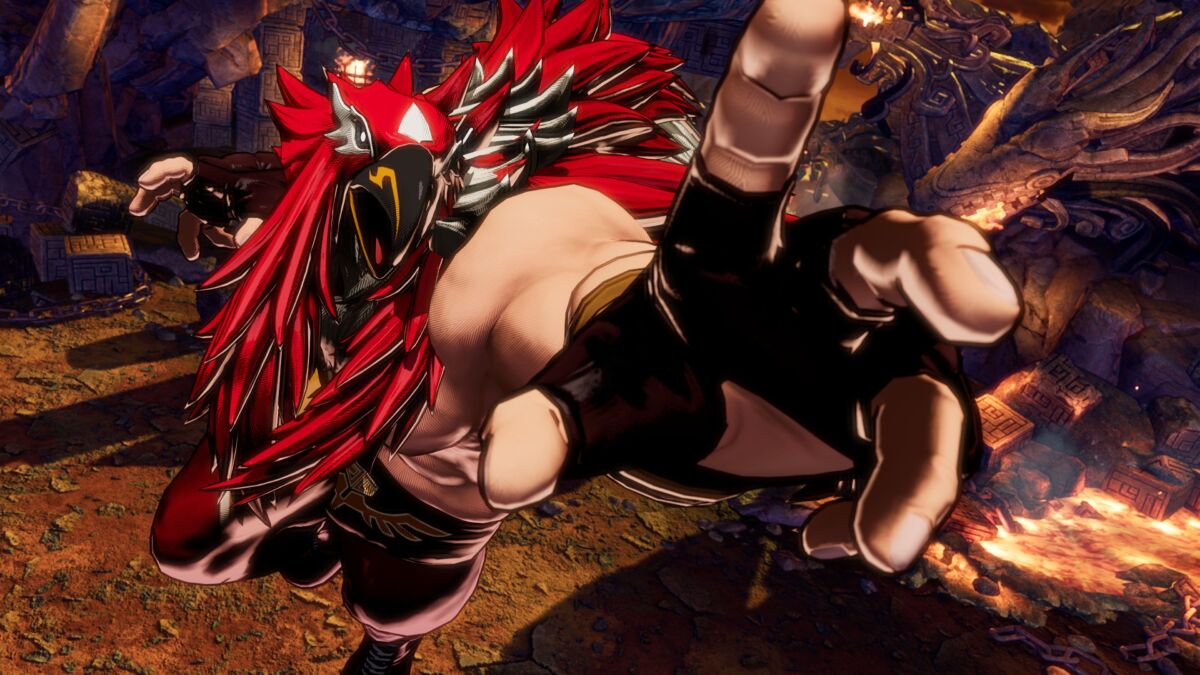
Episodes of South Town being good or terrible is inconsequential though, as fighting games live or die based on the online modes, and while we did try to test it out, naturally the servers went down for maintenance at that exact time. However, the full game does promise complete crossplay with rollback netcode, along with your usual ranked and casual matches, so people should be satisfied with the online here.
Fatal Fury: City Of The Wolves is a welcome return for a franchise that’s been waiting for 25 years for a chance to shine. SNK smartly blended old school mechanics and mentalities with new additions that genre fans have become accustomed to in order to create a fighting game that should appeal to old fans and new ones.
An Xbox Series key was provided by PR for review purposes.
Some of the coverage you find on Cultured Vultures contains affiliate links, which provide us with small commissions based on purchases made from visiting our site.
